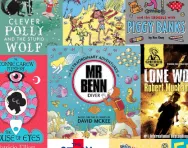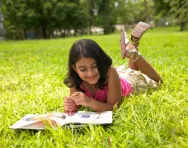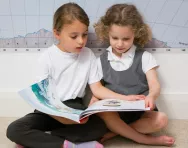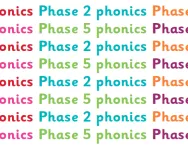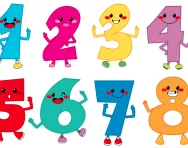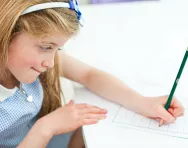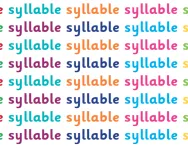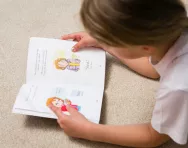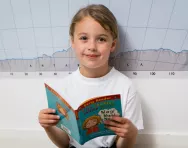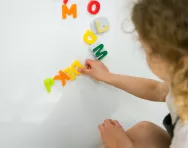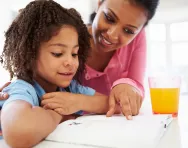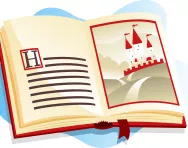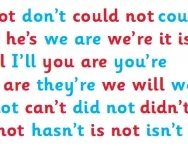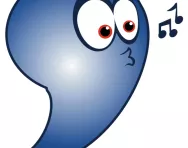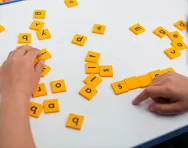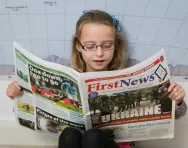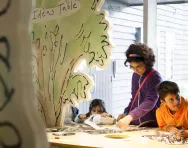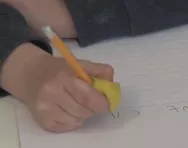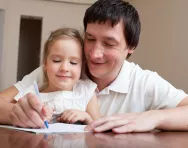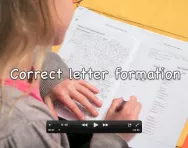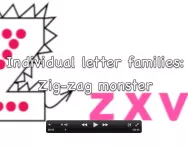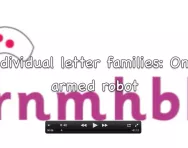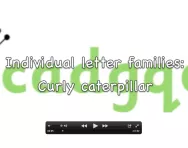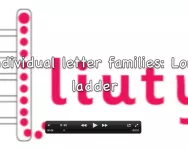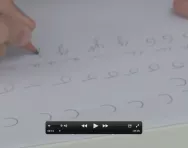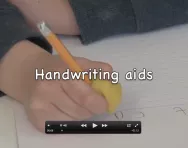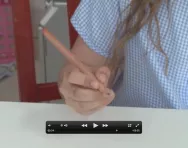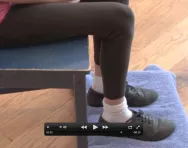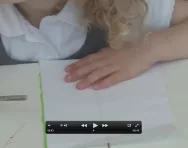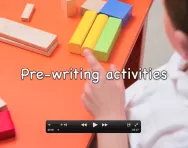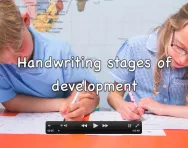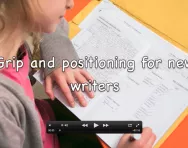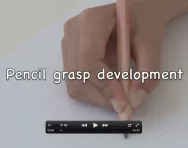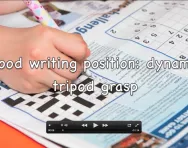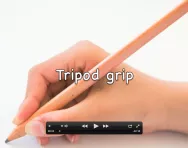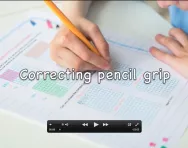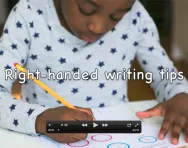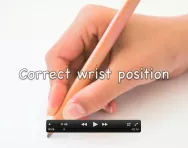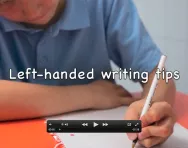Year 2 English articles
14 of the best books for children for summer 2015
Make this the summer when your child journeys to ancient Rome, becomes a secret agent, takes to the high seas, finds out about England's past, solves a mystery and discovers the delights of Mr Benn... all without leaving the sofa! From kids' classics to brand-new adventures, we've got 14 brilliant books for your children to lose themselves in over the 2015 summer holiday.
Best maths story books for children
Introduce ratio, pie charts, probability and even simplifying fractions to children with these brilliant maths story books, picture-book presentations of mathematical concepts that primary-school children will love.
7 of the best early reader tools
From interactive games and apps to simplified reading books and learning-to-read devices, we love the early reader tools available to parents and children. Whether you want to motivate a reluctant reader or offer a huge selection of titles to a voracious bookworm, we've picked some of the best options to start your child on the road to a life-long love of reading.
Phonics phases explained
How does your child master phonics, from learning letter sounds to reading fluently? We explain the phases they may follow in the primary-school classroom.
Best counting books for children
Counting and sequencing numbers correctly is a big part of early maths. We've picked some brilliant mathematical story books to help support your child's learning at home with vibrant illustrations, memorable characters and great narratives.
Spelling in Year 2
A parents' overview of Year 2 spelling patterns, with examples of the words children are taught at the end of KS1 and Year 2 spelling worksheets to help them practise.
What is a syllable?
Syllables explained for parents, including details of how primary-school children are taught to identify syllables to help them with spelling and reading and understanding poetry.
The science of school reading schemes
Following a reading scheme at school can transform children from non-readers to bookworms in a surprisingly short space of time, but how are they developed and tested to help your child progress?
Common phonics problems sorted
Finding the thought of phonics daunting and wondering how you can support your child in learning to read when you're not really sure how they're being taught in the first place? Reception teacher Niki Jackson shares her phonics tips and advice for parents, highlighting some of the common phonics problems children experience and effective strategies to overcome them.
Teachers' tricks for phonics
Understand more about how children learn about sounds and try some of teacher Niki Jackson's practical tips to help your child with their early phonics learning at home. We particularly like the alphabet cookies suggestion...
How early readers can help your child love books
What do you do when your child is ready for more than school books, but not yet up to full novels? We explain how ‘early readers’ can fill the void. By Lucy Dimbylow.
What is a fable?
Fables tell us a story and teach us a lesson at the same time and we've been hearing them, retelling them and writing them for over two thousand years. We explain how primary-school children learn about fables and Aesop in our guide for parents.
What is a traditional tale?
Traditional tales like Cinderella, Little Red Riding Hood and Goldilocks play an important part in early literacy. We explain how these well-known stories are used to help develop reading comprehension and early writing skills, and explain how you can help your child's learning with fairy tales at home.
What are contracted words or contractions?
Contracted words or contractions are used every day in spoken and written English. Help your child keep them straight with our parents' guide, including complete listings of the common contractions children learn to spell in Year 2 and throughout Key Stage 2.
What is an apostrophe?
Children are first introduced to apostrophes in Year 2. Help them practise punctuating correctly at home with our simple revision tips, covering the use of apostrophes for possession and omission.
Best word games for children
Expand vocabulary, develop spelling skills, learn about homophones, anagrams and synonyms and compose huge numbers of silly sentences... all while having a great time. Whether your child is 3 or 13, our favourite word board games and literacy card games offer fast-paced fun for the whole family.
Best educational magazines for children
Looking for a fun- AND fact-packed publication for your child? The selection we've picked offer puzzles, original artwork, fiction, science projects to complete, history, hands-on making and more – and there isn't a plastic cover-mount in sight. Want to encourage your primary-school child to read regularly? Keep them supplied with new issues!
Museums reviewed by parents: Roald Dahl Museum and Story Centre
Make the most of family outings by choosing one of our parent-recommended museums. For fun, story-telling, literary inspiration and creative opportunities visit the Roald Dahl Museum and Story Centre.
Handwriting aids: pencil grips
Does your child struggle to hold their pencil correctly? Handwriting tutor Michelle van Rooyen explains how a pencil grip could help with their handwriting.
Handwriting aids: pens and pencils
With a return to greater emphasis on handwriting in primary schools, could a special pen or pencil help your child master the art of neat writing? Handwriting tutor Michelle van Rooyen explains what handwriting pencils and pens are available.
Video: Correct letter formation
Your child will be taught how to form the different letters of the alphabet differently, according to the ‘movement groups’ they fit into. Our explanatory video shows you how to form all letters (Long ladder, Curly caterpillar, One-armed robot and Z for Zig-zag monster) correctly, stroke by stroke.
Video: Letter formation, Zig-zag monster letter family
Help your child form each letter of the alphabet correctly with our step-by-step and stroke-by-stroke videos, with experts from the National Handwriting Association. In this video we look at the Zig-zag monster letter family: z, x, v, w, y and k.
Video: Letter formation, One-armed robot letter family
Help your child form each letter of the alphabet correctly with our step-by-step and stroke-by-stroke videos, with experts from the National Handwriting Association. In this video we look at the One-armed robot letter family: r, n, m, h, b, k and p.
Video: Letter formation, Curly caterpillar letter family
Help your child form each letter of the alphabet correctly with our step-by-step and stroke-by-stroke videos, with experts from the National Handwriting Association. Here we look at the Curly caterpillar family: c, a, d, g, q, o, e, s and f.
Video: Letter formation, Long ladder letter family
Help your child form each letter of the alphabet correctly with our stroke-by-stroke videos, with experts from the National Handwriting Association. In this video we look at the Long ladder letter family: l, i, u, t and y.
Video: Handwriting letter families
The letters of the alphabet can be divided into ‘movement groups’, based on the movement made to start writing the letter. Each group has a lead letter (L for Long ladder letters, C for Curly caterpillar letters, R for One-armed robot letters and Z for Zig-zag monster letters) and our handwriting advice video outlines the different letter families and how to practise writing them.
Video: Handwriting aids for children
Could a writing slope or an adaptive grip help improve your child's handwriting? Occupational Paediatric Therapist Catherine Elsey explains how to use commercially available handwriting aids in our handwriting advice video.
Video: Tripod grasp quick trick
Make sure your child holds their pencil correctly every time they pick it up with this quick trick, as outlined in our video by National Handwriting Association Occupational Paediatric Therapist Catherine Elsey.
Video: Handwriting posture and seating advice
A step-by-step video guide to establishing a good seating position for comfortable handwriting, with expert advice from the National Handwriting Association and an explanation of why postural stability is vital for children.
Video: Pre-writing activities using scissors
Invest in a pair of child-safe scissors and try some of our pre-handwriting activities, as recommended by the National Handwriting Association experts in our video for parents. Who knew cutting and sticking fun could be so educational?
Video: Pre-writing activities to support handwriting
Support your child's pre-handwriting development in nursery and Reception with fun activities and play, all designed to help build essential motor skills and hand muscles. Our video features experts from the National Handwriting Association, sharing practical ideas you can try at home.
Video: Handwriting development stages explained for parents
From anti-clockwise circles to letter formation, find out about your child's handwriting journey and how you can support them at home in TheSchoolRun's video, featuring experts from the National handwriting Association.
Video: correct handwriting grip and positioning for new writers
Help your child establish great handwriting habits from Reception and KS1 with our expert advice video for the parents of new writers. From the correct pencil grip to paper positioning and posture, the National Handwriting Association's Catherine Elsey explains what to look out for and how to make immediate improvements to help your child.
Video: Pencil grasp development
From eighteen months to five years, TheSchoolRun's handwriting video explains how children's pencil grasp changes over time, how to establish good handwriting habits early on and what to expect in every stage.
Video: The dynamic tripod grasp explained
Video advice and tips to help establish a good handwriting position, including details of the dynamic tripod grasp (the ideal hand position for writing) and why it's best for children to hold their pencil in this way when they're writing.
Video: The dynamic tripod grasp for better handwriting
Children who hold their pencil or pen in the ideal handwriting position, the dynamic tripod grip, can write comfortably for longer. The National Handwriting Association's Catherine Elsey explains how to help your child establish a confident tripod grip and how it helps avoid hand pain.
Video: Correcting pencil grip
Does your child struggle to hold their pencil correctly? Our handwriting tips video offers expert advice on correcting pencil grip and establishing the ideal dynamic tripod grasp, with tips from the National Handwriting Association.
Video: Right-handed handwriting tips and expert advice
Right-handed handwriting tips and advice from the experts, with practical examples of the best way to position paper correctly and hold the pencil with a tripod grasp. Experts from the National Handwriting Association feature in TheSchoolRun's new handwriting video series.
Video: Correct wrist position for handwriting
TheSchoolRun's new handwriting videos feature experts from the National Handwriting Association offering tips to help parents improve their children's handwriting. This video offers advice to help position the wrist correctly for fluid, comfortable handwriting.
Video: Left-handed handwriting tips and expert advice
Left-handed handwriting tips and advice from the experts, with practical examples of the best way to position paper correctly and how to hold your wrist in the optimal position for writing. TheSchoolRun's new handwriting videos feature experts from the National Handwriting Association.
